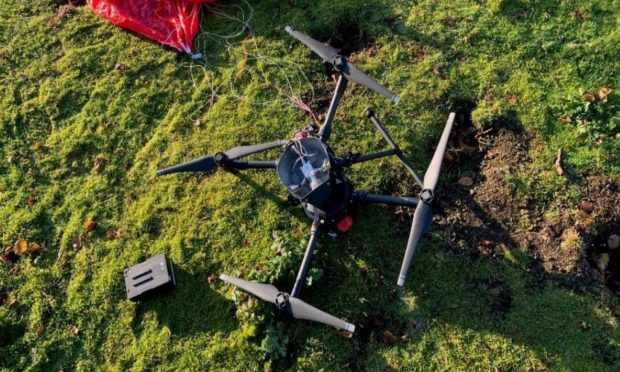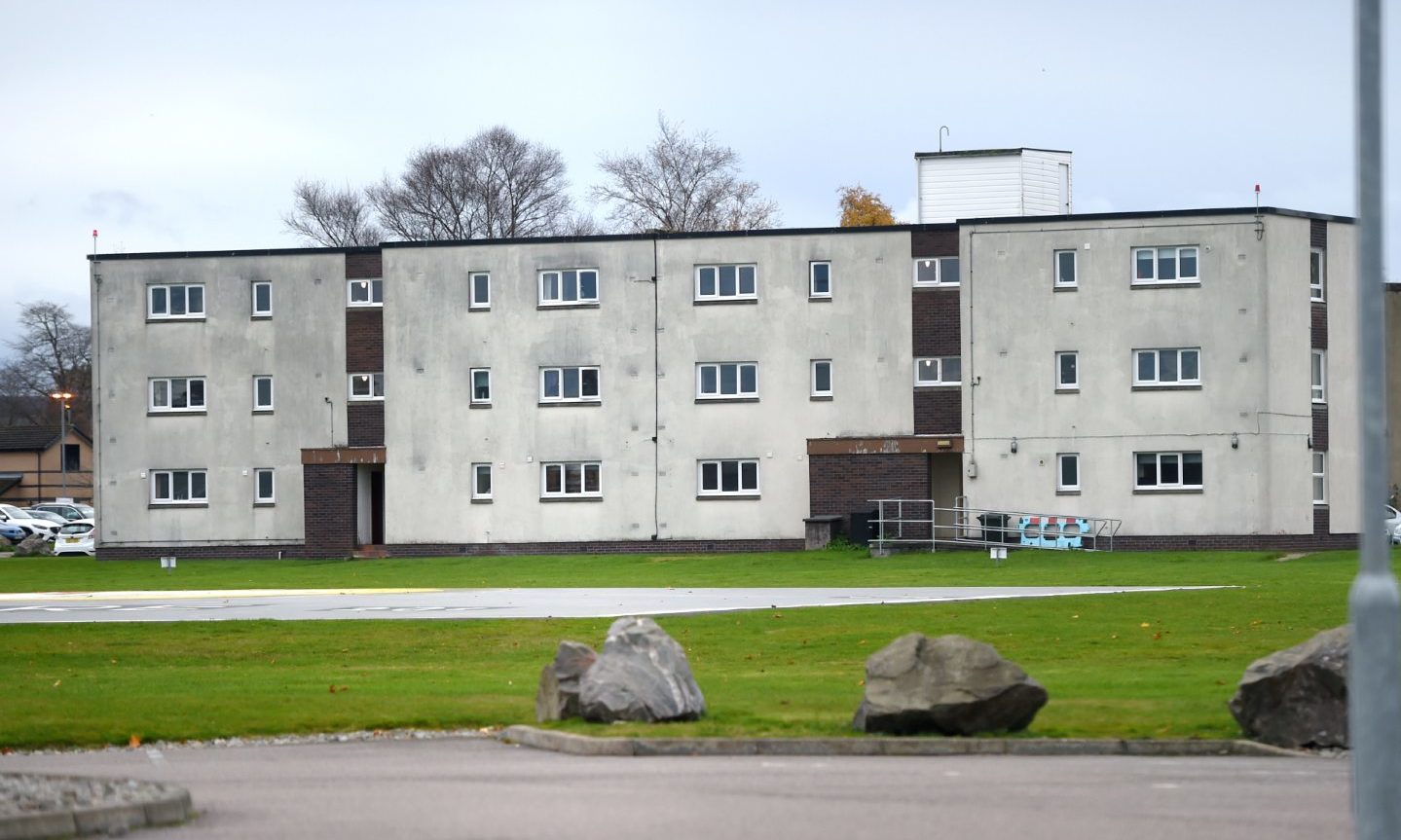A drone manufacturer has been told to make changes after a 12lb aircraft fell from 330ft near Raigmore Hospital.
The professional-level quadcopter, worth around £5,000, had been kitted out with camera equipment to carry out aerial surveys.
It was being flown near the hospital on September 21, 2019 by someone scouting the area beside a helipad.
But on its fifth flight of the day the parachute system of the unmanned aircraft system (UAS) suddenly activated.
At the time it was approximately 800ft from the launch point and around 330ft in the air.
The drone’s motors stopped and it began to descend, with the pilot losing sight of it as it fell behind a tree line.
It was found on the roof of a nearby house with “substantial damage” – but no-one or other property was affected.
Previous incidents have led to people suffering head injuries, a loss of sight or even dying.
The crash-landing – and another involving the same drone two months later – have now been probed by the Air Accidents Investigation Branch (AAIB).
It determined there were no “electrical or mechanical anomalies,” and said it was likely due to “excessive vibration” as the parachute system had not been securely attached.
Drone crashed again in Montrose
The organisation was less conclusive about a second flight of the same drone, with crashed in a field with enough force to dislodge one of its batteries.
After being repaired following the incident in Inverness, it was being used in Montrose on November 29.
The drone climbed to 300ft and was then hovering, when its parachute suddenly deployed and it fell to the ground.
The AAIB report said: “There were no injuries to people on the ground or damage to other property.”
Investigators found the drone had flagged a series of errors – including seven warnings a propeller had fallen off before it was launched.
A further 15 were recorded while it was in the air, with others saying the motor was blocked.
However, they thought these were “spurious” as the flight logs did not match that of a drone missing a propeller.
But, in its lengthy report examining both incidents, the AAIB said: “Without additional information from the UAS manufacturer, particularly about the meaning and validity of the warnings, it was not possible to establish the reason for the sudden termination of the flight or whether there were any common causal factors between both accidents.”
It has issued a safety recommendation that DJI introduces a new system for “providing timely technical support to state safety investigations.”
DJI was asked for comment.

